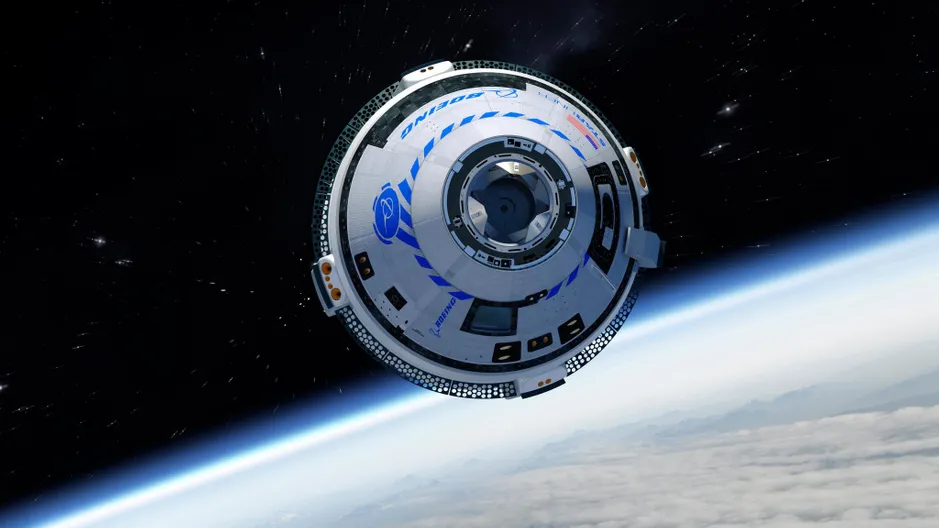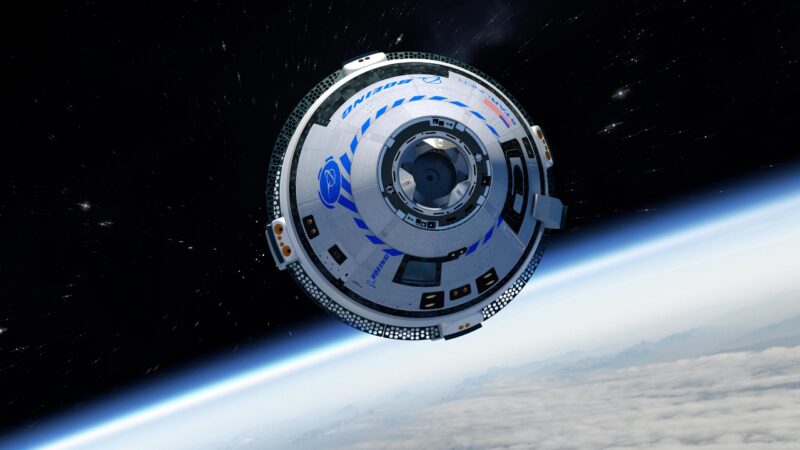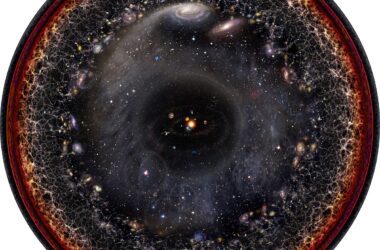
Illustration d’artiste du vaisseau spatial CST-100 Starliner de Boeing en orbite. Crédit : Boeing
La recherche humaine a pris le dessus à bord de la Station spatiale internationale mardi, alors que les sept membres de l’équipage de l’Expédition 67 ont exploré les effets de la vie dans l’espace sur le corps humain. Entre-temps, le premier vaisseau d’équipage de Boeing à visiter le laboratoire orbital devrait être lancé à la fin de la semaine prochaine.
La recherche sur l’exercice et une étude du système nerveux central ont été les principales expériences d’aujourd’hui aidant les médecins à apprendre comment garder les astronautes en bonne santé et réussir leurs missions spatiales de longue durée. ;” data-gt-translate-attributes=”[{” attribute=””>NASA astronauts Kjell Lindgren, Bob Hines, and Jessica Watkins, took turns pedaling on an exercise cycle in the U.S. Destiny laboratory module throughout the day. The trio spent nearly an hour each working out while attached to sensors providing scientists insights into the aerobic capacity of a crew member in living and working weightlessness.

The silhouetted Soyuz MS-21 crew ship docked to the Prichal docking module is pictured as the International Space Station orbited 268 miles above the Pacific Ocean off the coast of Chile. Credit: NASA
Lindgren later worked in the Tranquility module replacing components on the advanced resistive exercise device that simulates free-weight training on Earth. At the end of the day, he switched to a space botany study investigating hydroponic and aeroponic techniques to grow plants without soil.
Hines and Watkins also swapped a virtual reality headset in the Columbus laboratory module as they explored how the human brain adapts to the lack of up and down references in microgravity. Observations will help researchers understand how the lack of gravity affects the way astronauts reach for and grasp objects.
The three cosmonauts spent the majority of their time today working in the station’s Russian segment. Commander Oleg Artemyev partnered with Flight Engineer Denis Matveev servicing a variety of communications and life support hardware. Flight Engineer Sergey Korsakov worked on ventilation systems and an oxygen generator while also maintaining a pair of Russian laptop computers.
The next spacecraft to visit the space station, Boeing’s Starliner crew ship, is targeted to launch at 6:54 p.m. EDT on May 19 atop an Atlas-V rocket from United Launch Alliance. The unpiloted commercial crew vehicle will liftoff as part of Boeing’s Orbital Flight Test-2 from Cape Canaveral Space Force Station in Florida. It would dock to the Harmony module’s forward-facing port the next day and depart five to 10 days after that for a parachuted return to Earth.



